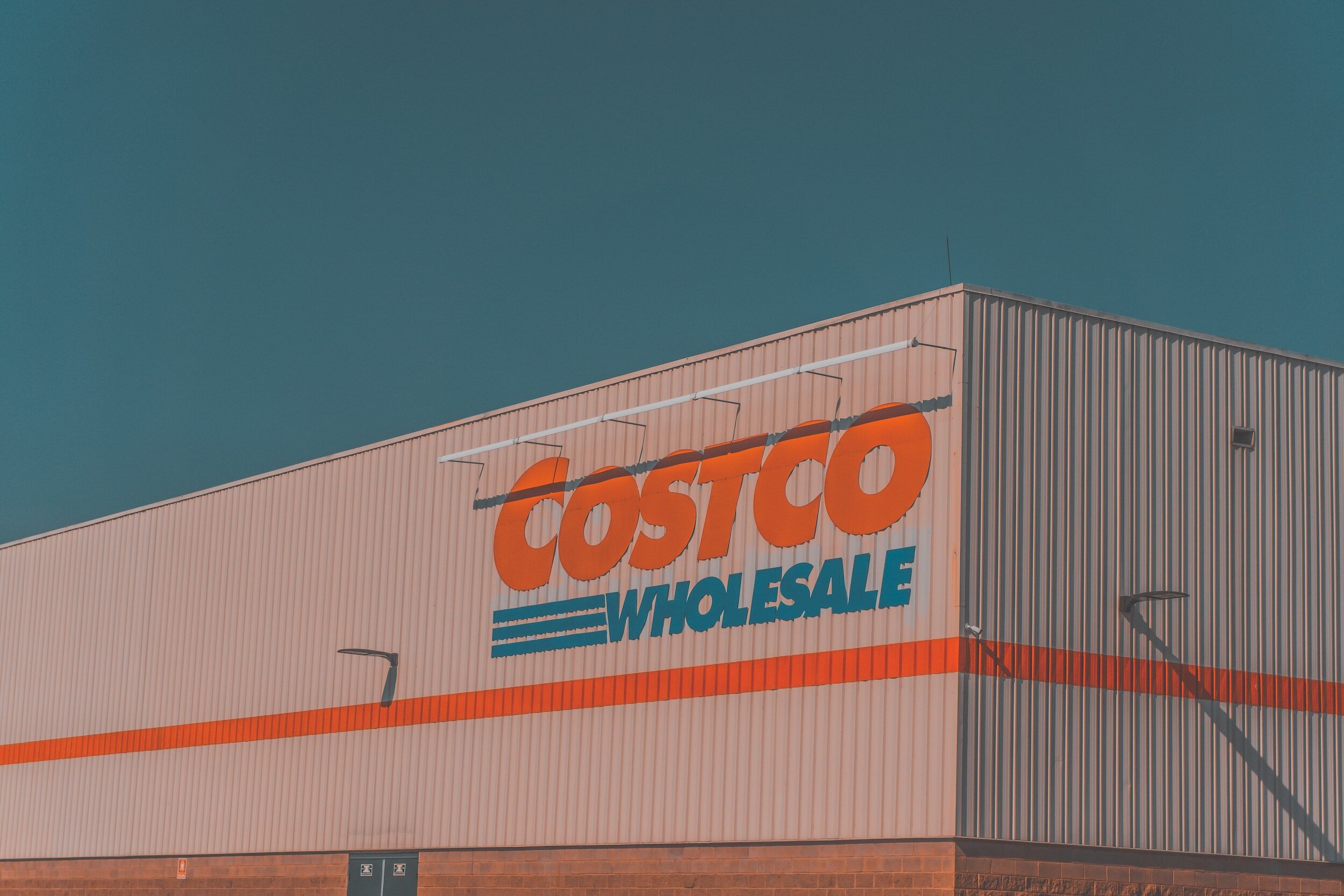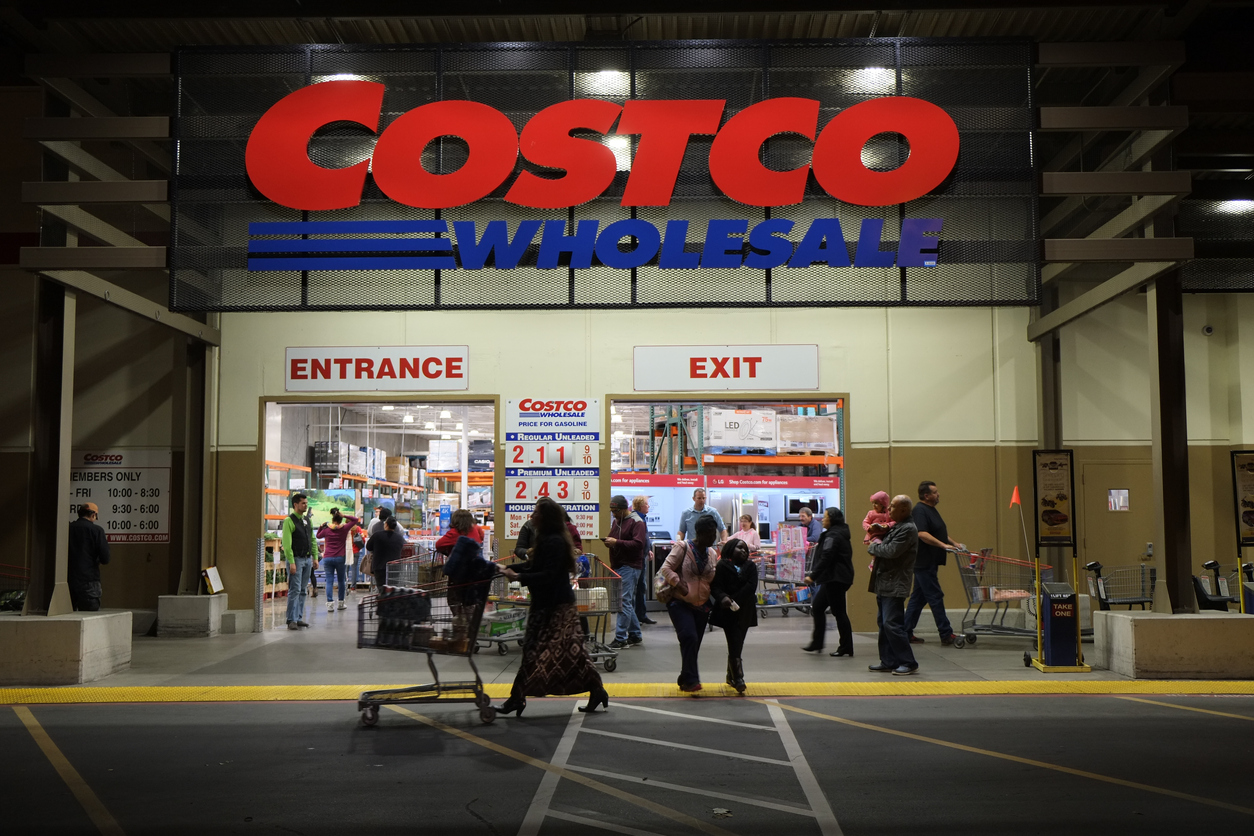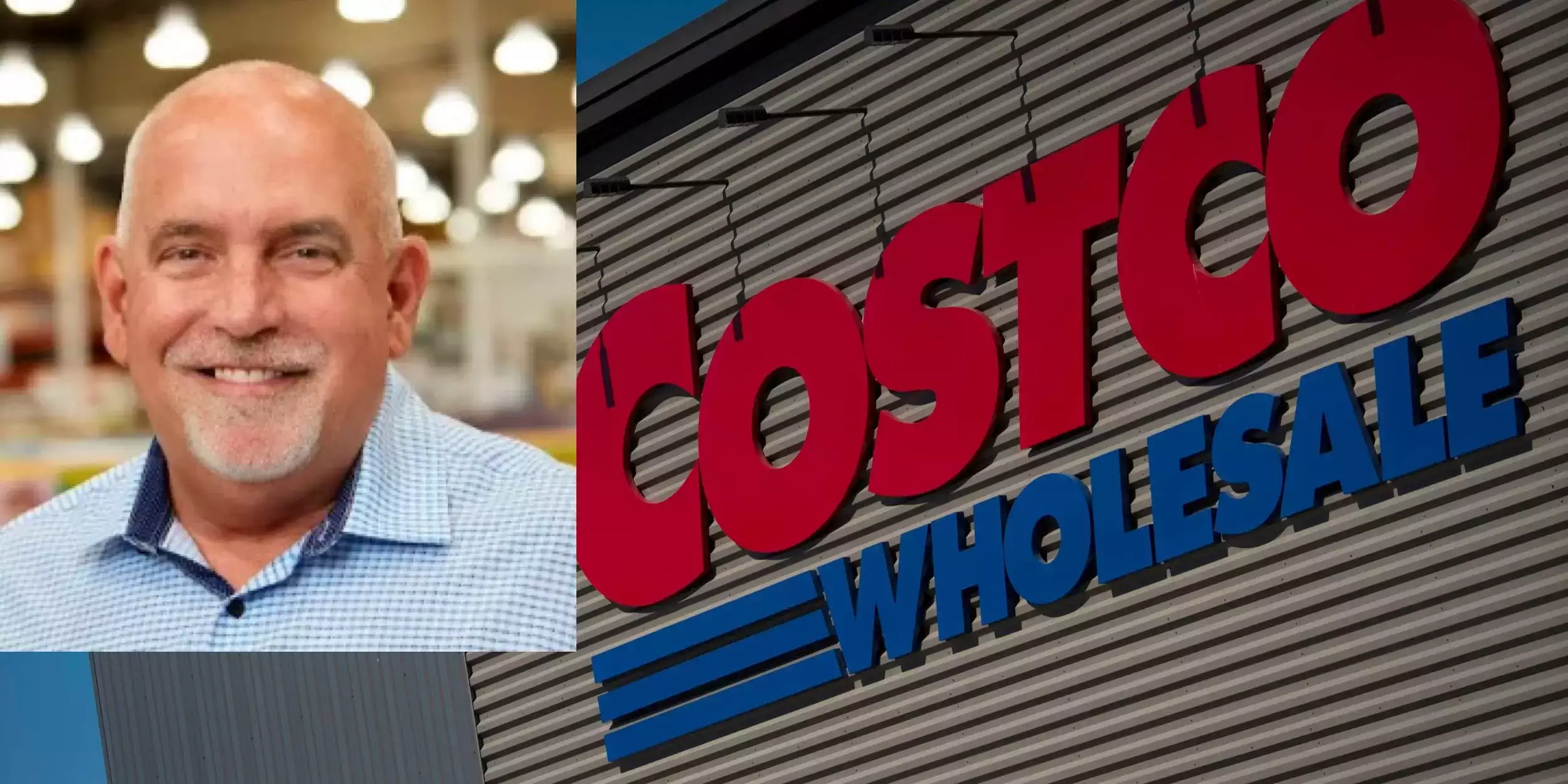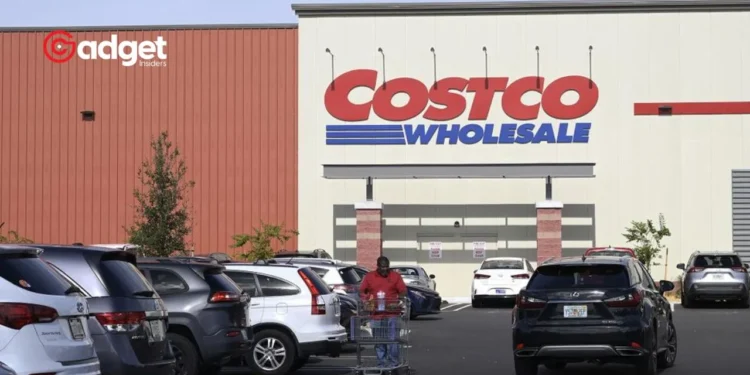Costco, renowned for its competitive compensation policies, has long been a front-runner in the retail sector, offering wages well above the minimum requirements. As early as 2019, the company established a baseline pay of $15 per hour without the prodding of protests—a testament to its proactive approach. Richard Galanti, Costco’s former Chief Financial Officer, emphasized the company’s philosophy during a recent earnings call.
“We look at the wages in a vacuum, and we want to do as much as we can for our employees,” he stated, underscoring the strategic increases initiated during the COVID-19 pandemic.
These adjustments have not only aided in enhancing employee satisfaction but also fortified retention rates. Galanti pointed out that the longevity of employees at the company often leads to incremental pay increases over time, an investment that has paid off in terms of workforce stability and enhanced productivity.

“Costco’s Wage Strategy: Leading the Retail Sector with Fair Pay”
A Growing Union Movement Amidst Corporate Success
Despite its efforts to maintain a satisfied workforce, Costco has encountered burgeoning union activities, a movement that could redefine its operational dynamics. Recently, a notable shift occurred when employees at a Norfolk, Virginia location voted to join Teamsters Local 822—the first such unionization at the company in two decades.
This move was soon followed by another significant unionization at a Costco Distribution Center in Sumner, Washington, where over 150 drivers became the first-ever group at their facility to organize with the Teamsters.
These unionizations spotlight a growing sentiment among some employees who feel that despite the company’s open-door policy and competitive wages, there are areas in workplace conditions that need improvement.
“Costco isn’t the company it once was. The culture has shifted dramatically the past few years,” expressed Paul Lowrie, a driver at the Sumner location and a new member of the Teamsters.

The Unionization Wave Is Hitting Costco https://t.co/z1krIGpCfM
— MikeVanDervort (@MikeVanDervort) February 2, 2024
The Implications of Unionization for Costco
The decision to unionize could potentially introduce new challenges for Costco, particularly in how it manages increased operational costs and navigates the demands of a unionized workforce.
The need for strong representation to address concerns over wages, retirement benefits, and grievance procedures was a significant factor driving the unionization, according to union statements.
Moreover, as the company continues to rank highly in employee retention and satisfaction—boasting an “A” rating on Comparably for its ability to keep quality workers—balancing these accolades with the evolving union landscape will be crucial.
According to Comparably, 58% of the company’s employees would choose to stay even if offered higher pay elsewhere, and 68% look forward to their workdays—a clear indicator of the intrinsic value Costco has cultivated among its team.

Navigating Future Challenges
As Costco navigates this complex terrain of high employee satisfaction juxtaposed with increasing union activities, the company faces a critical period of adaptation.
The outcomes of these union movements could set a precedent not only for the company but for the retail industry at large, influencing how other companies might address similar challenges.
Keeping a close eye on the developments within Costco will provide valuable insights into the evolving dynamics between large retail corporations and their workforces.










